Richard Anderson, Executive Director, Northwest Railway Museum
Note from Kent Sullivan: Hello regional NMRA friends, I am helping Richard Anderson of the Northwest Railway Museum in Snoqualmie to get the word out about saving this amazing all-wood Northern Pacific passenger car. It is rare in the extreme to find one in such complete condition. The issue is a chunk of money needs to be raised quickly in order to move it very soon, before the property owners condemn and destroy it. (It’s horrible to consider this happening but that’s exactly what is in store for the car in a couple of months.) The total cost to rehabilitate this car, if it can be moved soon, is projected to be far less than the typical restoration these days, due its superior overall condition.
Please, if you can donate to help raise the first chunk of money, contact Richard. His contact info is at the bottom of this posting. And, please forward this posting to anyone you know who might have an interest in helping – NP enthusiast or otherwise. The link is https://4dpnr.com/northern-pacific-parlor-car-1799-move-and-restoration/. Merry Christmas.
I have always found early 20th Century passenger trains fascinating. They were symbols of mobility, affluence, sophistication, wealth, and even technology. Modern passenger trains are incredible too, but they are reasonably well represented in railway museum and historical society collections around the country. That early 20th Century story is rarely told because there were so few wood or early steel cars that have survived to tell the tale.
In 1901 the Pullman Company delivered two wood parlor cars to the Northern Pacific Railway. The cars purportedly saw service on the North Coast Limited; this is a reasonable assumption because the extra fare cars such as these were purchased and used on the best-equipped trains. These two cars went through a number of minor alterations including an electric light conversion in 1914 and new carpeting in 1926. Both cars were retired in 1940 and while one has disappeared into history, the second car in the series – one that by 1906 was numbered 1799 – found a second use as a cottage on an island in Puget Sound. Surprisingly, it survives today and is depicted in the photos in this posting.
First, a few words about what an artifact of this vintage can cost to preserve. A recent project was chapel car 5 Messenger of Peace, a Barney and Smith railcar built in 1898. This car was being used as a cottage at Grayland, WA and was located next to an ocean beach. It required extensive rehabilitation at a cost of more than $418,000. A team worked on the car for more than two years; it is now housed inside an exhibit building. The car is not quite complete but when it is costs are expected to exceed $500,000.
Parlor car 1799 is almost completely intact and has nearly all of its interior hardware. Not only is it complete, but it is authentic and stretches almost 80 feet from end to end. Its overall excellent and complete condition represents an advantage over the chapel car that could be worth more than $250,000. However, it is complicated to move a railroad car off an island. A firm that specializes in moving buildings has bid $67,000 to deliver the car to Snoqualmie where it can be preserved, and perhaps even operated.
You might be interested in knowing some of the steps we would take to help sustain the car. Once in King County, the object will be eligible for listing on the King County/City of Snoqualmie Landmarks Register, and when it has wheels and couplers it may also be eligible for the National Register of Historic Places. Landmarking a property raises awareness, but also conveys eligibility for certain grants. And in the captive environment of a railroad museum, it may be possible to operate the car on a limited basis. It may cost $125,000 to perform some basic rehabilitation, restore the air brake system, and place trucks under the car, but this is a bargain compared to what most preservation work costs.
I hope you can help me spread the word, perhaps even connect me with one or more people who might be able to help preserve this very rare artifact. There are few opportunities to preserve Northern Pacific Railway artifacts from this era and it would be a tragedy to lose this opportunity.
I can be contacted at richard@trainmuseum.org or 425-888-3030, ext 7201 or 425-301-1566 (cell).

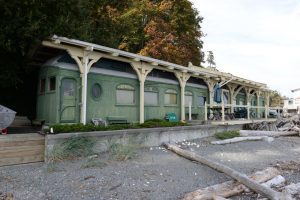
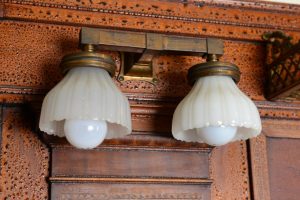
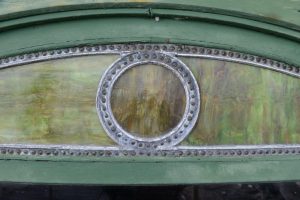
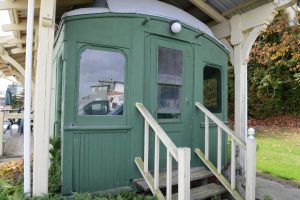
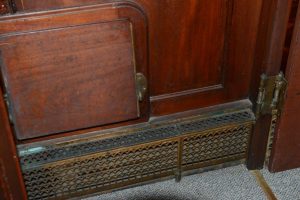
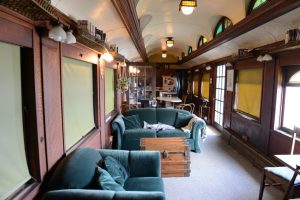
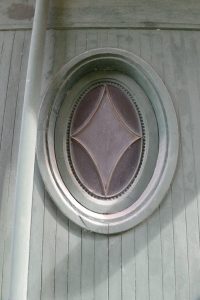
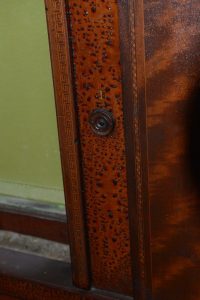
No Comments Yet